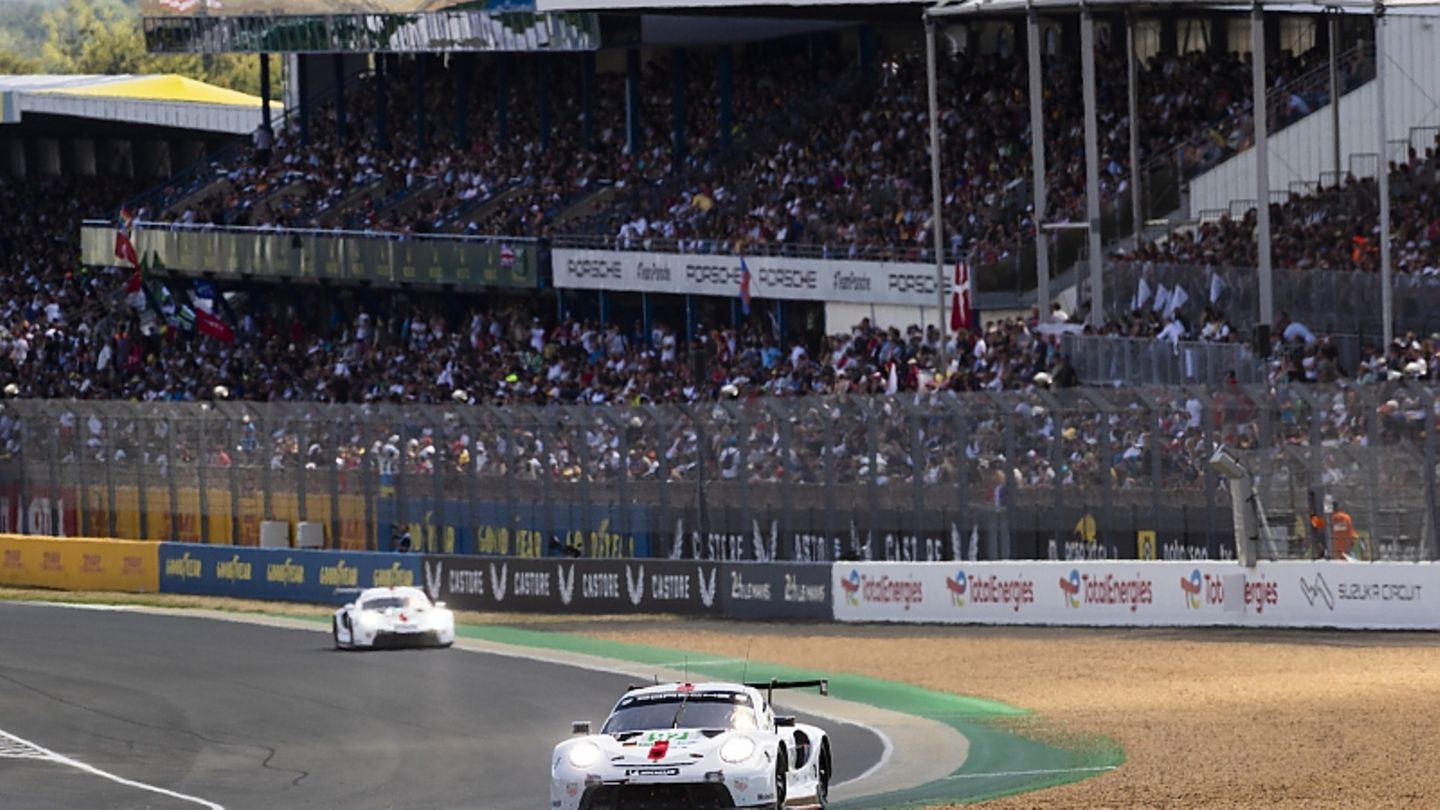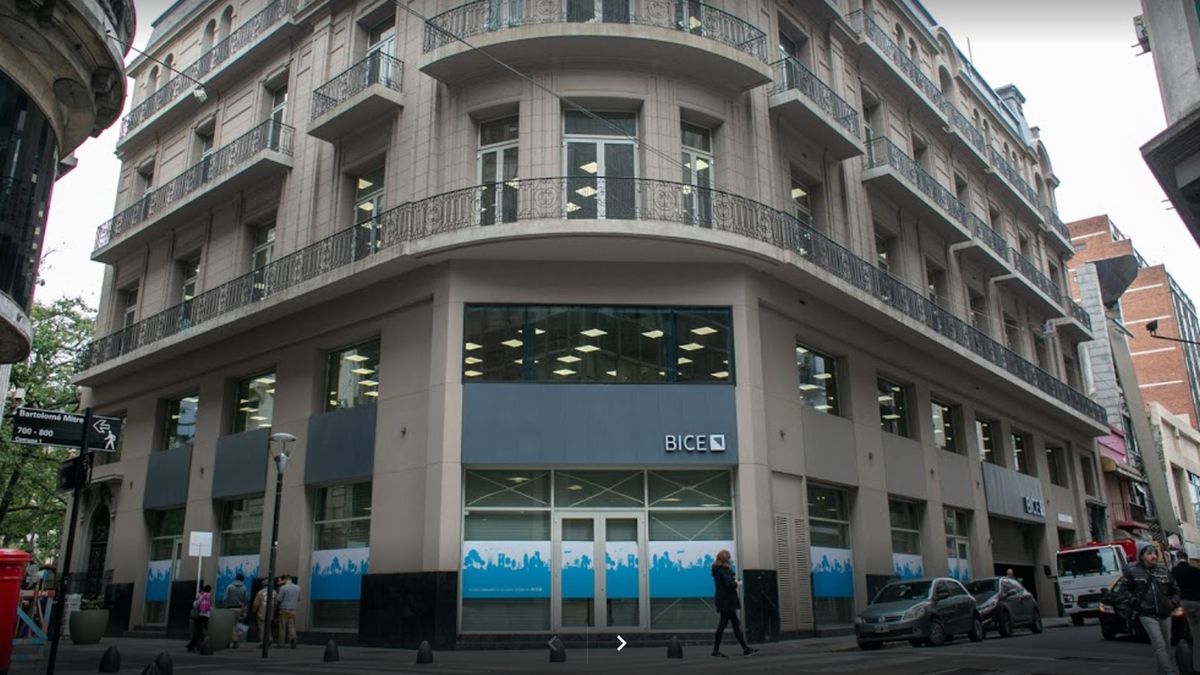The 90th edition of the 24 Hours of Le Mans was once again a real show. But especially in the top league of hypercars, things have been looking difficult for years now that most car manufacturers have pulled out. Toyota fights more among itself than against the competition. But how will things continue in the years to come?
Le Mans is the most famous car race of the year. This time Toyota drove around the ears of the thin competition from Glickenhaus (private team) and Alpine (Renault) and the public is just as marginally interested in the magnificent sport in the GT leagues as it is in the LMP2 racers. Which doesn’t change the fact that the Cologne-based Gazoo Racing Toyota team did a great job and this year took the starting number 8 with drivers Sébastien Buemi, Ryo Hirakawa and Brendon Hartley in the team’s internal competition against last year’s winner with the number seven Mike Conway, Kamui Kobayashi and José María López prevailed.
It was more exciting in the GT classes, where the leading Porsche 911 RSR with starting number 92 fell back to fourth place with a puncture. It was here that Porsche finally clinched victory in the GTE Pro class in the 911 RSR with its number 91 – the 109th class win in Le Mans. A lone record. “The Porsche GT Team continued our great tradition at the 24 Hours of Le Mans today. This success makes me very proud,” says Michael Steiner, Head of Development at Porsche. The Aston Martin Vantage with Ben Keating, Marco Sørensen and Henrique Chaves won the GTE Am class.
As pale as the race in the top class was this year, it could be just as exciting in the coming years, because several top manufacturers want to get back into the WEC / Le Mans series from 2023 / 2024. In particular, the Hyperclass and the new LMDh league raise hopes among the public, sponsors and manufacturers. But who is coming in the next few years? At the 90th edition of the 24 Hours of Le Mans, apart from the less spectacular racing events, it was often more about the outlook for the next events than about the race itself. Everyone is hoping that the hot competition in the hyper class – formerly LMP1 – returns and the hot battles are not only taking place in the GT classes between Porsche, Aston Martin, Ferrari and Corvette. Because in the hyper class, the Glickenhaus private team fought with blunt weapons and Renault with its Alpine never had a chance against the professional Japanese Toyota, who celebrated their fifth consecutive victory since 2018. Manufacturers such as Porsche, Ferrari, Aston Martin, Cadillac and Honda / Acura have announced that they will make the whole thing a real highlight again over the next two years. It seems quite possible that BMW will not only compete in the American IMSA series with its new LMDh car, but also in Le Mans from 2024 with slight modifications. Bayern last won here in 1999. Since then there have been countless victories by Audi, a hybrid triple pack by Porsche with its 919 and since 2018 nobody has been able to avoid Toyota – also because there is no strong competition.
Almost all car manufacturers with a sporty positioning are looking for a platform to present themselves on an international racing stage, despite the major switch to electromobility, in order to strengthen their image and competitiveness. The top WEC classes are increasingly being electrified, which makes it easier for some manufacturers to get started with the ongoing electrification strategies. The costs remain an ongoing problem, because a multi-year WEC commitment with real chances of winning the title and, in particular, a Le Mans victory that is good for the image costs many hundreds of millions of euros – money that many brands cannot or do not want to spend. The increased degree of electrification does not make the whole thing any easier. That’s why all brands are trying to keep costs down in advance, for example by using a standard chassis and established engine technology. BMW has given the well-known four-liter V8 with a twin turbocharger wings to transplant it into the LMDh cars. Brands such as serial winner Toyota or the General Motors teams that have been successful in the GT classes for many years with the Corvette are also trying to reconcile high-tech with cost reductions.
“Cadillac will compete again on the world racing stage and we are all thrilled to be returning to Le Mans after 20 years,” says Cadillac boss Rory Harvey, “by competing in both the IMSA and WEC championships in 2023 , Cadillac Racing has the opportunity to demonstrate its skills, craftsmanship and technology.” The question that remains for the brands is whether to go into the cost-effective LMDh class or go straight into the Hyperliga, which offers more technical freedom; the However, this drives up costs even further.Peugeot, who surprisingly got out in 2012, wants to compete with its 9X8 in their hyper class LMh and build on the successes of the 908 and 905. The newly developed racer is powered by a 500 kW strong V6 turbo petrol engine Rear axle driven, which provides a further 200 kW / 272 hp when boosted on the front axle and thus becomes an all-wheel drive vehicle.It is unclear how things will continue with Aston Martin.In itself, the Valkyrie should be in of the Hyper class, but the project was stopped in 2020 due to technical and financial problems. The Aston Martin AMR Pro doesn’t seem to be quite dead yet. Hopefully it won’t be a flop like the Nissan appearance in 2015. After the poor performance of the Nissan GT-R LM Nismo at Le Mans, the hybrid project was stopped before it had even really started.
Source: Stern
I am a 24-year-old writer and journalist who has been working in the news industry for the past two years. I write primarily about market news, so if you’re looking for insights into what’s going on in the stock market or economic indicators, you’ve come to the right place. I also dabble in writing articles on lifestyle trends and pop culture news.




